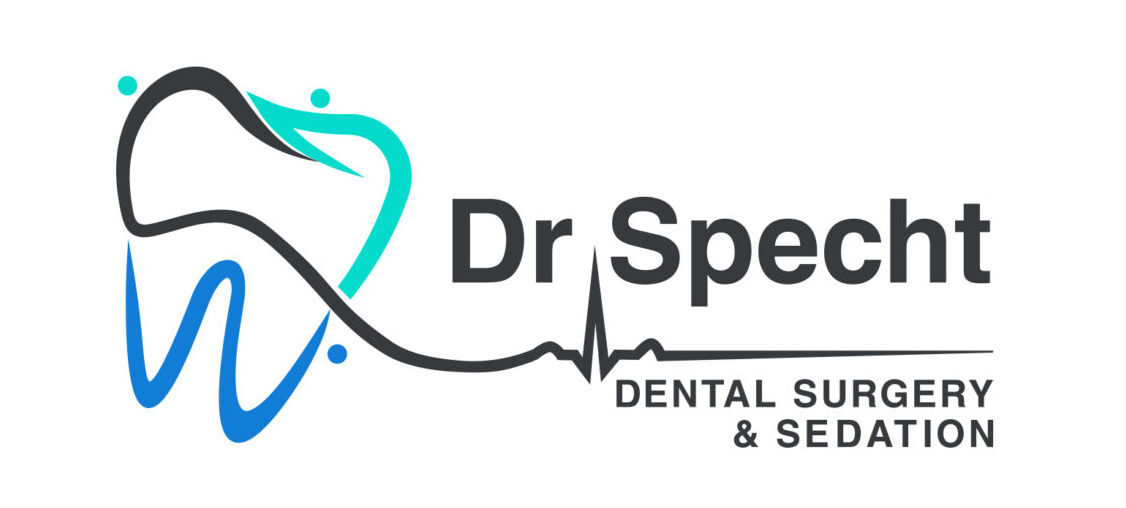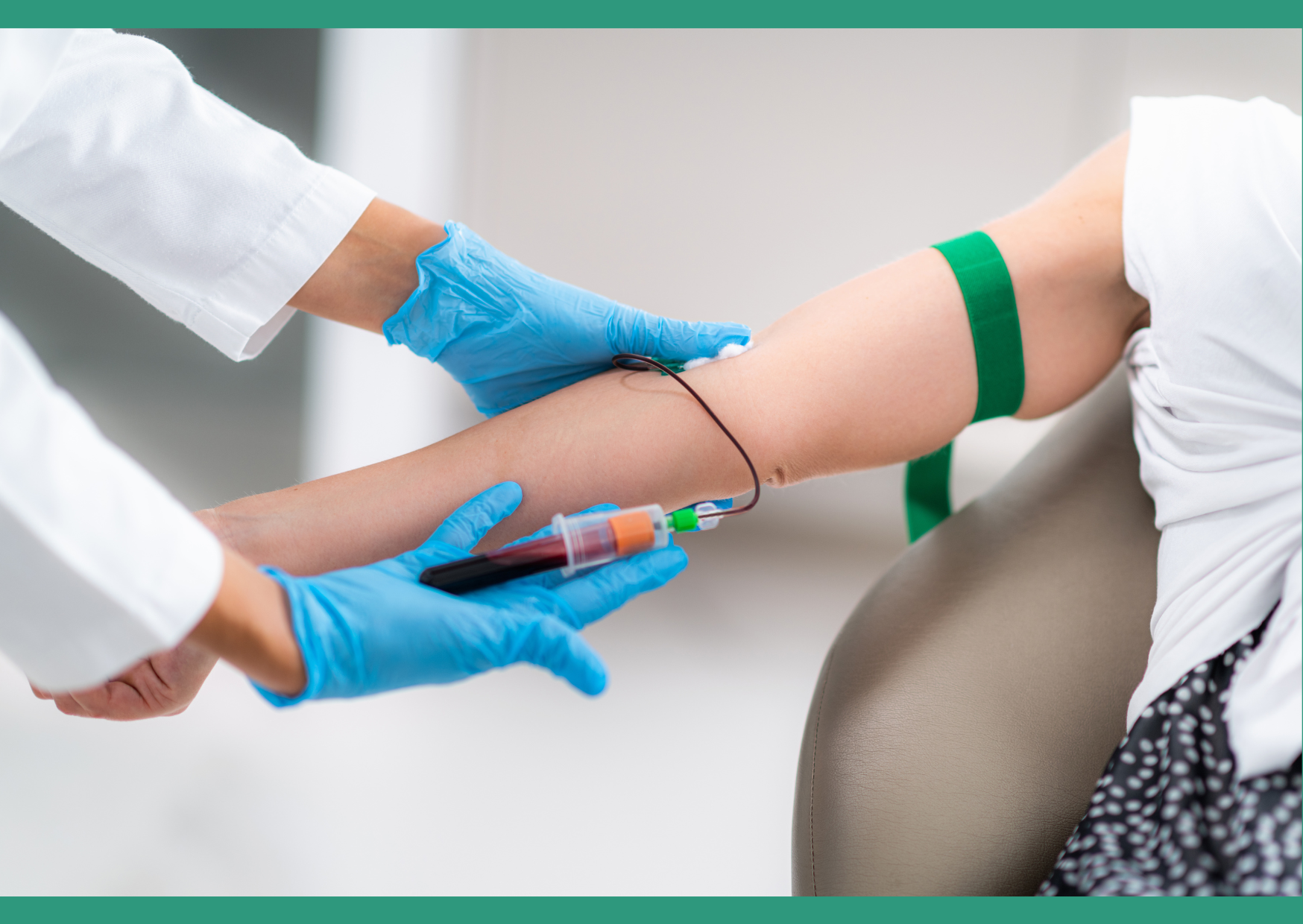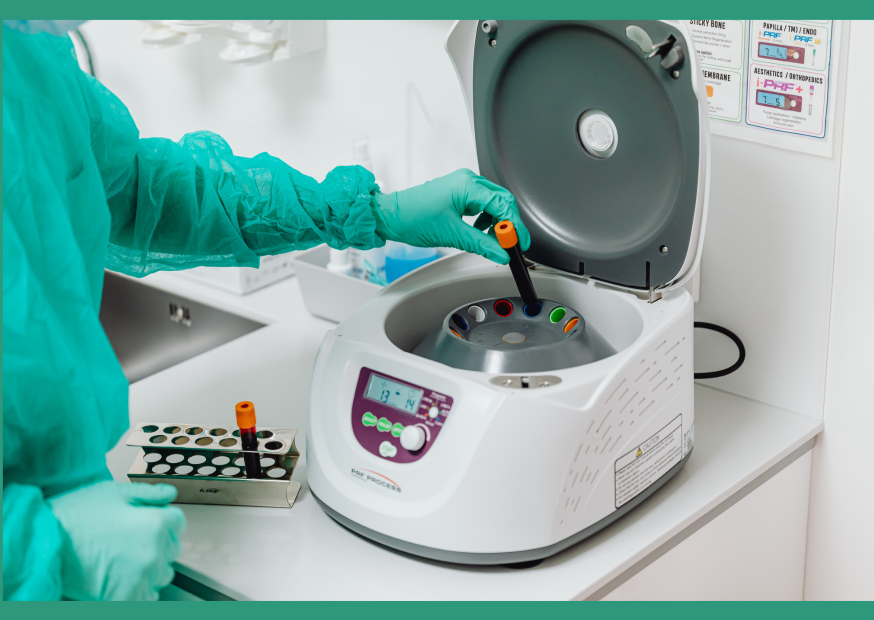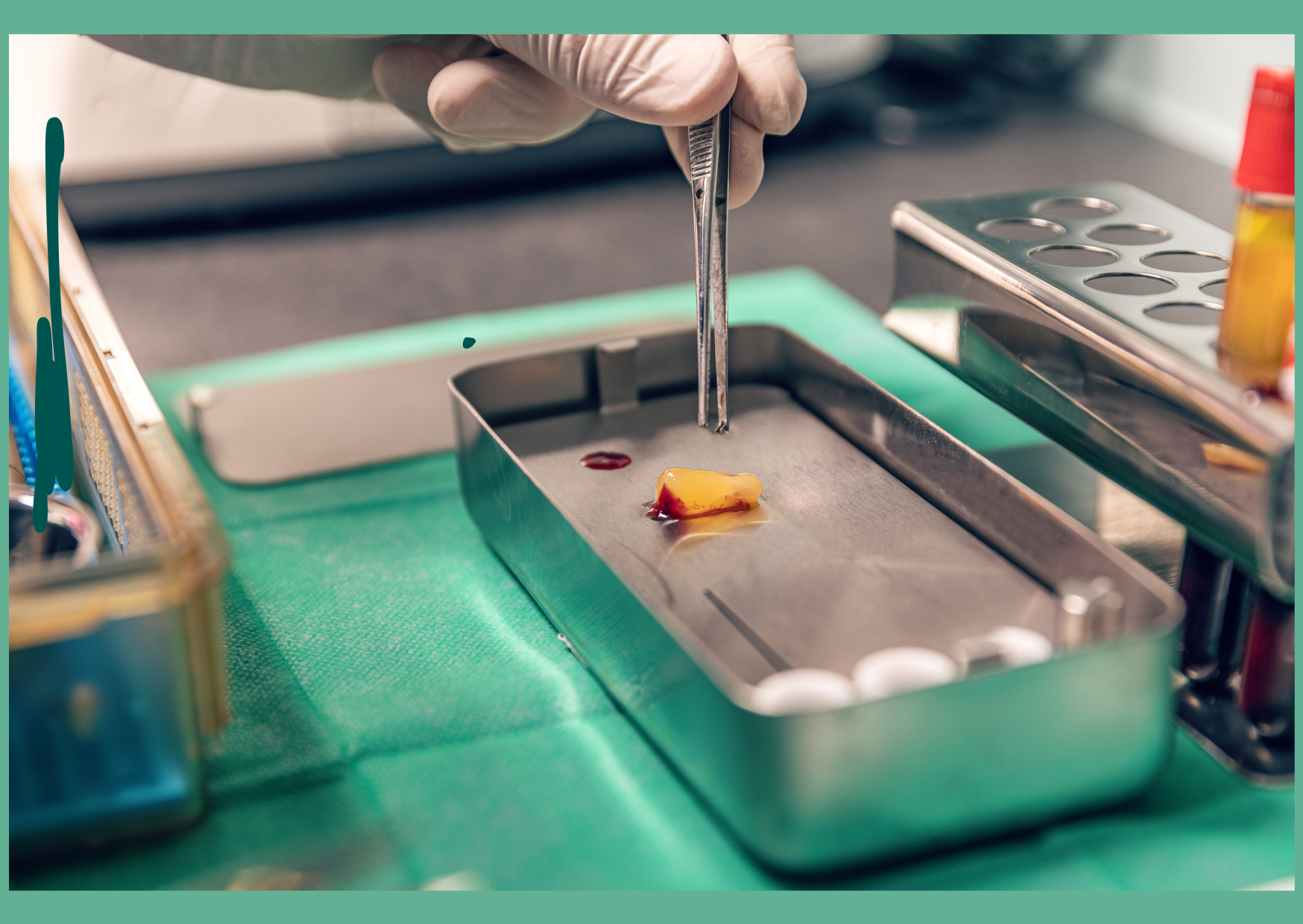Dental Extractions
The extraction of teeth is a common dental procedure where a tooth is removed from its socket in the jaw. This can be necessary for various reasons, such as severe tooth decay, infection, crowding, or trauma. Before removing any tooth, the doctor will use local anesthetic to numb the surrounding gums, tooth and jaw bone.
Simple Extractions
The doctor loosens the tooth from its boney socket, enabling the ability to lift the tooth out with dental instruments.
Surgical Extractions
These are more complex and are used for teeth that are larger, oddly shaped (e.g.have curved roots), or not easily accessible (e.g. impacted wisdom teeth). While a surgical extraction requires more steps, these steps are designed to make the extraction easier for the patient. These steps may include:
- Making an incision in the gums and/or removing bone around the tooth.
- Trimming the tooth into smaller pieces. This process, called sectioning a tooth, is designed to make tooth removal faster and more comfortable for the patient. It is used for teeth that are difficult to remove due to their size, shape, or position.
Wisdom Teeth
C’mon, you know we have to talk about them! See below:
PRF
Find out all about platelet rich fibrin here!
After Care
After the procedure, it’s important to follow the dentist’s aftercare instructions to ensure proper healing and avoid complications.
Find more information here
Wisdom Teeth
explained
WHO
WHO should get wisdom teeth removed?
Any patient that has concerns with their wisdom teeth OR any patient that wants to prevent the numerous issues that most wisdom teeth cause.
WHAT
WHAT are wisdom teeth?
Wisdom teeth are the third set of molars located at the very back of the mouth. Most people have four wisdom teeth—one in each corner of the mouth, at the top and bottom. They usually emerge between the ages of 15 and 25, a time sometimes called the “age of wisdom,” hence the name.
WHEN
WHEN should they be removed?
1. CALLING ALL TEENAGERS: Wisdom teeth develop during the teenage years. Because teeth that are still forming are typically easier to remove than those that are fully grown, dentists often recommend the removal of wisdom teeth during those patient’s teenaged years. Easier removal = easier recovery & less post-surgical complications.
2. When they start to cause pain or other problems in a patient’s mouth.
WHERE
WHERE should they be removed? Where you are most comfortable!
WHY
WHY should they be removed?
In most people, wisdom teeth become impacted (i.e. stuck) because they don’t have enough room to come in properly. This can lead to problems like growing in at odd angles and pressing against other teeth, causing pain, cavities, infection, crowding and even the development of cysts in the jaw bone. For these reasons, wisdom teeth are removed to avoid potential issues. (Not that wise, are they?)
Wisdom teeth that grow in straight, healthy, and without causing crowding, may not need to be removed.
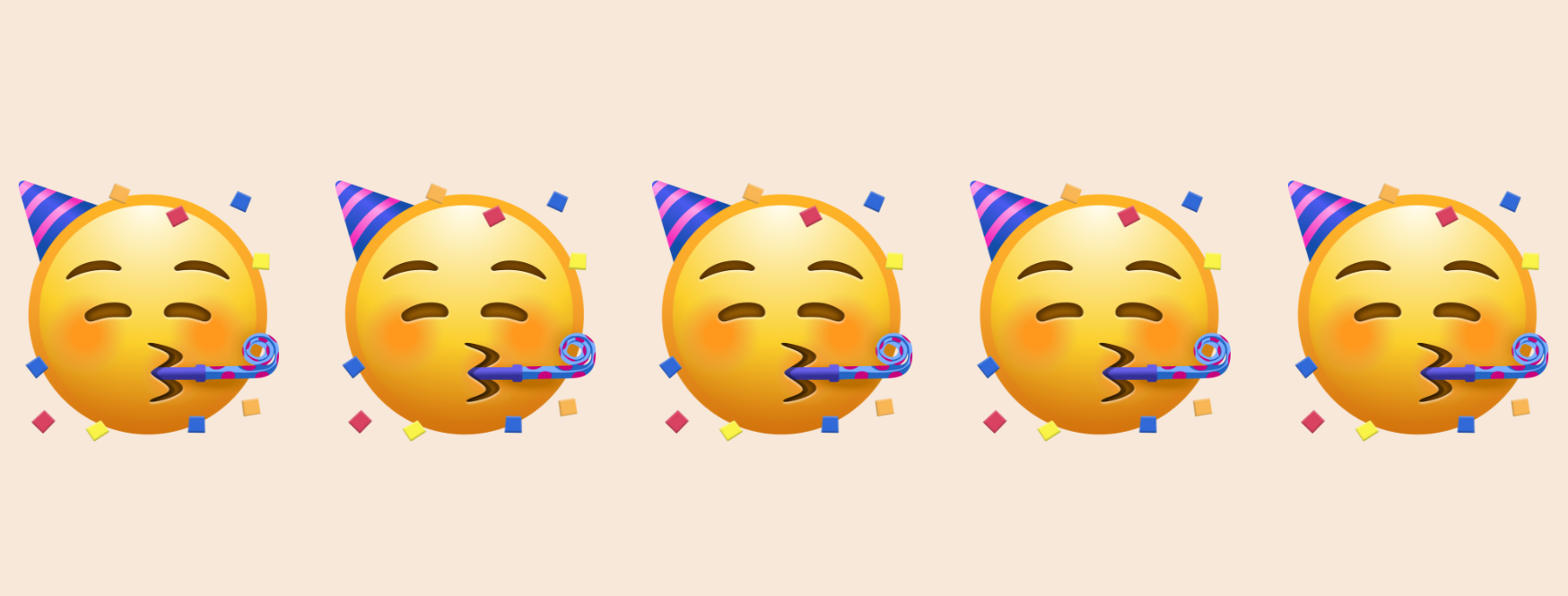
Platelet Rich Fibrin (PRF)
Platelet Rich Fibrin, PRF, is a natural substance created from patient’s own blood. In medical and dental procedures it is primarily used to promote healing and tissue regeneration. In dentistry, PRF is often used in procedures like wisdom tooth extractions, dental implants, and gum surgery. PRF is valued because it is 100% natural, has no additives, and is derived from the patient’s own blood, which lowers the risk of rejection or allergic reactions.
Here’s How it Works
Blood Collection
A small amount of your blood is collected, similar to a routine lab test.
Centrifuge
Your blood is spun in a centrifuge, concentrating the platelets, white blood cells, and fibrin in a way that forms a gel-like substance rich in the patient’s own proteins that help the body repair tissue.
Application
After tooth extraction, we place the PRF into the socket to utilize your body’s natural healing abilities.
Benefits of PRF
Optimized Healing
Reduced Risk of Infection
Decreased Pain & Swelling
Reduced Risk of Dry Socket
Available to All
PRF is an elective procedure available to everyone, not just those under IV sedation, aiming to prevent complications and promote optimal recovery.
Find Dr. Specht at a Clinic near You!

Aurora Dental - Sylvan Lake
80 Hewlett Park Landing, SYLVAN LAKE, AB
403-887-3222

Aurora Dental - Red Deer
202-6702 Golden W Ave, RED DEER, AB
403-357-2772

Aurora Dental - Lacombe
#4-6220 Hwy 2A, LACOMBE, AB
403-782-2823

Ponoka Dental Centre
5012 48 Avenue, PONOKA, AB
403-783-5844
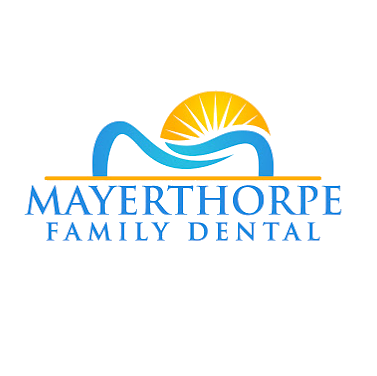
Mayerthorpe Dental Clinic
4515 Crockett 50 St, MAYERTHORPE, AB
780-786-2878
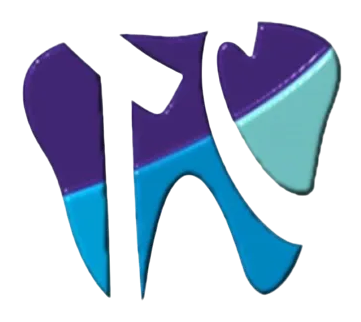
Thorncliffe Dental
10038 164 St NW, EDMONTON, AB
780-487-1010

Lacombe Dental Clinic
5015-51 St, LACOMBE, AB
403-782-3755

Nordstrom Family Dental
4802-49 St, STETTLER, AB
403-742-5588
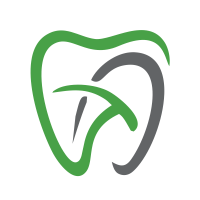
Gasoline Alley Dental
106, 179C Leva Ave, RED DEER COUNTY, AB
403-343-8622

Bentley Family Dentistry
5022-49 Ave, BENTLEY, AB
403-658-8080
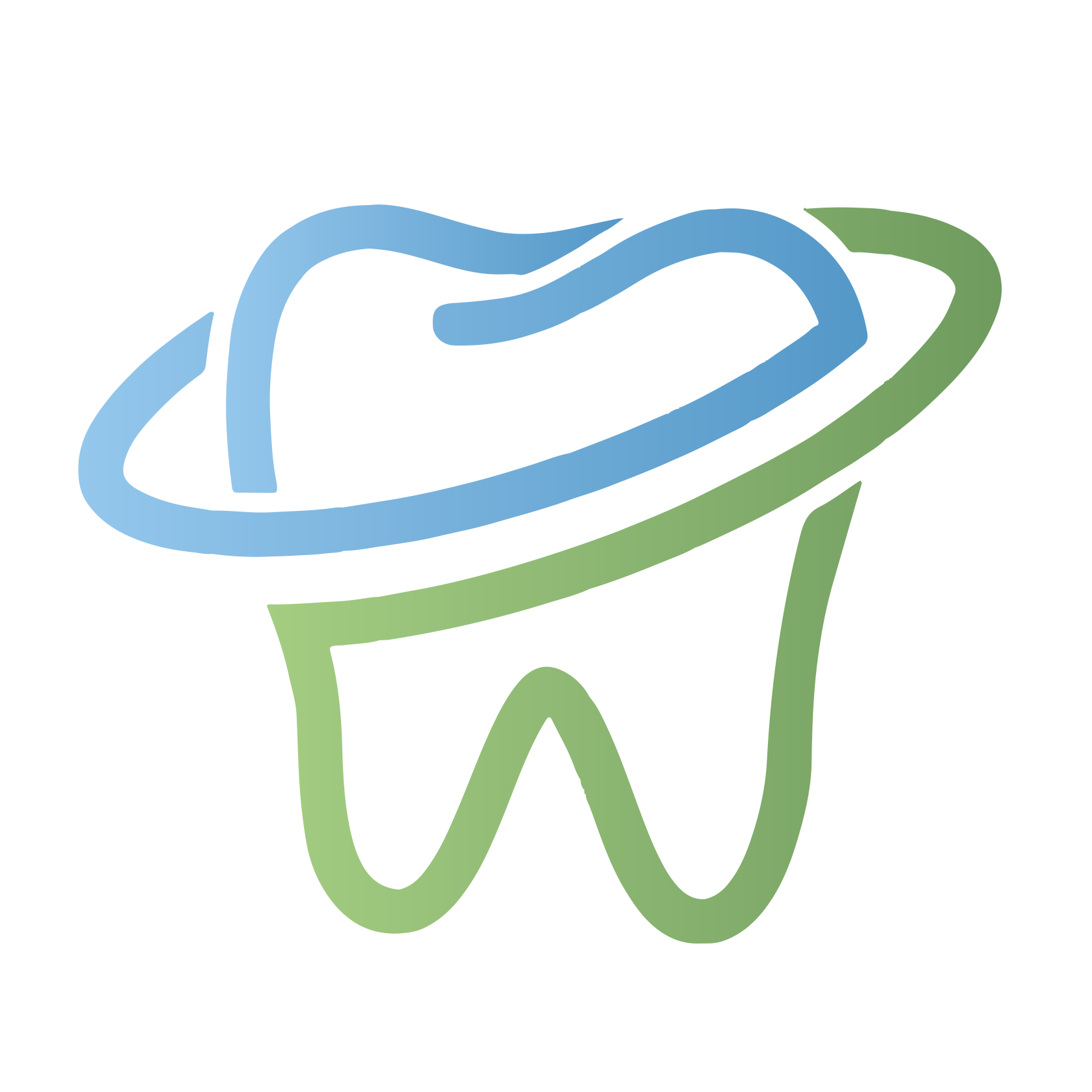
My Dental Clinic
2515-90 Ave SW #143, CALGARY, AB
403-281-2520
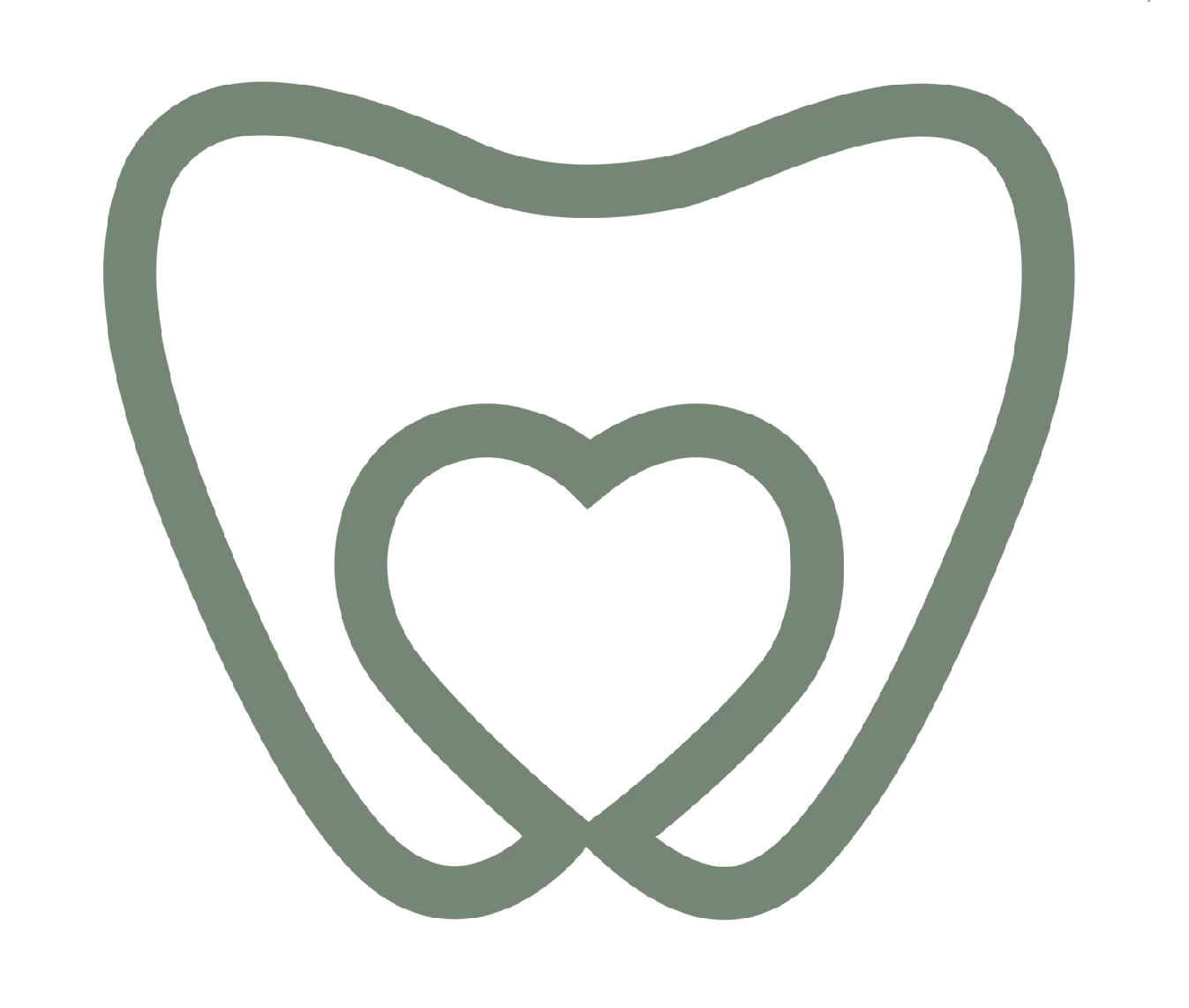
South Airdrie Smiles
#3001 – 130 Sierra Springs Dr SW, AIRDRIE, AB
587-801-7094
